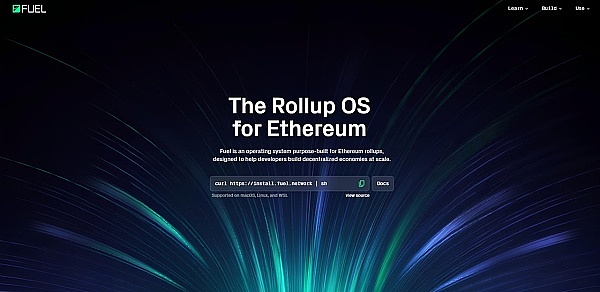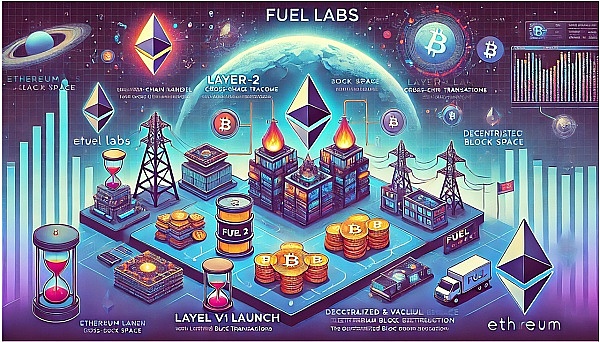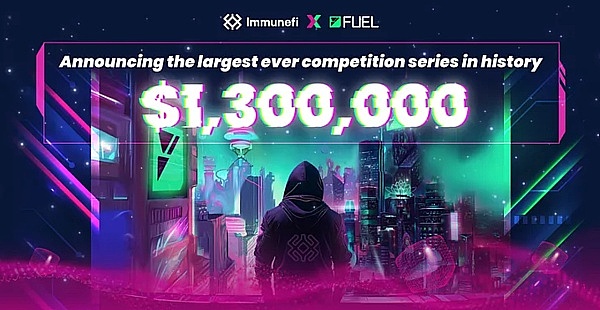The L2 war is heating up, and the future of Ethereum scaling is expected to revolve around L3, SuperChain, and Hyperchain. How to keep up with this trend? Let's take a deep dive into the forefront of L2 development.
Why has it evolved into this situation?
While Ethereum operates as an L1, it must have the ability to operate at the same scale as the Internet. However, no single L2 currently has this ability.
From a higher dimension, Web3 developers currently have three choices:
• Deploy on Ethereum, but sacrifice scalability.
• Choose an L2 solution, but face the risk of dependence on a specific ecosystem.
• Deploy and maintain your own chain, but may lead to liquidity fragmentation.
Additionally, achieving interoperability is also a major challenge. Our efforts to address this challenge using cross-chain bridges have proven to be fragile and have been attacked by malicious actors. New challenges require innovative solutions. New challenges require innovative solutions.
The next wave of Rollups, such as Fuel, which builds a dedicated operating system for Ethereum and helps developers build decentralized economies at scale, will give individual entities with different goals the ability to create their own customized environments. You can think of it as deploying a new Rollup chain = creating a new web page.
Let's take a closer look at the solutions provided by the core extension participants.

01 Starting Point for Initial Exploration and Innovation
The Ethereum ecosystem is experiencing an explosive growth of modular L2 chains, with traditional EVM-based Rollups and non-EVM-set Rollups developing separately. However, most of these architectures are designed for monolithic L1 and cannot meet the modular and Rollup-centric needs of the Ethereum ecosystem. Fuel has built a new architecture specifically to solve the unique problems of Ethereum rollups by designing tools suitable for this job.
In December 2020, Fuel Labs released Fuel V1, the first Optimistic Rollup on Ethereum, and became the first Rollup to reach Phase 2 security status.
Three years later, Fuel Labs announced that it would launch the Fuel mainnet in the third quarter of 2024. This progress marks that Fuel is moving towards a new stage of development and demonstrates its determination to continuously improve its design and technology.
02 Breakthrough: Unique Architectural Design
Fuel combines Bitcoin's UTXO model, Solana's parallelization, Ethereum's security, Move's asset-oriented design, and Cosmos's interoperability and VM customization to create a package built specifically for Ethereum rollups. Its core components include FuelVM, Sway, and Forc toolchains, which provide powerful features such as parallelization, state minimization, and customizability.
Fuel allows blockchains to check each other, thereby collecting detailed information about each blockchain at the block level, allowing Fuel blockchains to interoperate securely and seamlessly. Its high customizability allows chain builders to deploy highly scalable application chains to solve a variety of use cases, ensuring high performance and a user-friendly development experience.
03 Explore New Layer-2 Token Model
The existing Layer-2 token model has many shortcomings, and Fuel Labs believes that a new model needs to be introduced to solve these problems.
About a year ago, Fuel Labs launched the first Optimistic Rollup on the Ethereum mainnet, Fuel v1. This version supports cross-chain transactions, such as transactions between Ethereum and Bitcoin through HTLC, and does not require permission or administrator keys, and there is no unilateral upgrade, which realizes the original expectations of Optimistic Rollup.
With the increase of scaling platforms on Ethereum, it is particularly important to solve the problem of high mining fees. Considering that Rollup's transaction capacity is limited and scarce, this scarcity can be tokenized without increasing user fees. Fuel proposes an innovative token model, that is, Rollup charges fees as a block builder.
As the demand for block space increases, Rollup is able to increase fees, and users do not need to pay Rollup tokens to use it.
This model solves a major challenge in Rollup design: decentralized block construction. Although the mechanism is similar to the PoS token of the sidechain, Rollup has better anti-censorship capabilities. Tokens are used to select block builders without the need for majority voting, thereby ensuring the security and fairness of the system.

04 The largest security audit competition in the history of Web3
With the launch of the mainnet at the end of May, Fuel teamed up with Web3 crowdsourcing security platform Immunefi to launch an Attackathon competition with a scale of up to 1.3 million US dollars. This cooperation is not only an important measure for Fuel in the field of technical security, but also the largest security audit competition in the history of Web3.
The total prize pool for the Fuel Attackathon program is $1.3 million, of which $1 million will be used for an open competition focused on the audit of the Fuel codebase. After that, an invitation-only reward pool of $300,000 will be provided for four Fuel-based projects. Security researchers participating in the open competition must submit at least one valid medium or higher severity security vulnerability to be eligible for the invitation-only program.
The competition plan includes several key time nodes. The launch of the Fuel Education Academy on May 31, the start of the education period on June 3, and the official launch of the Attackathon on June 17. The specific dates of the invitation-only program will be notified separately. Fuel is committed to further strengthening the security infrastructure of the Web3 ecosystem through this $1.3 million reward program.
This educational program leverages the extensive expertise of the Immunefi community of 45,000 security researchers, over 1,000 of whom have successfully identified high-risk vulnerabilities, helping projects avoid up to $25 billion in potential losses. Immunefi has earned a reputation as a security pioneer with a proven track record of protecting leading projects such as Chainlink, MakerDAO, Synthetix, and Polygon.

Summary
Since its launch, the Ethereum ecosystem has grown. As more and more users use Ethereum, Ethereum's performance problems have gradually been exposed. When many people interact on Ethereum at the same time, congestion on the chain will occur, pushing up transaction costs. If Ethereum wants to become a truly world computer, it must be expanded to increase the number of transactions that Ethereum can process per second and the processing speed of each transaction.
Currently, Ethereum's expansion plans are divided into on-chain expansion and off-chain expansion. On-chain expansion is to improve the performance of the blockchain itself, and to transform Ethereum itself to achieve better scalability; off-chain expansion is to separate from the first-layer main network and achieve higher scalability without changing the existing Ethereum protocol. Currently, there is only one solution for on-chain expansion, which is sharding. Although there are many off-chain expansions, the Rollup solution is currently the main one. Under this trend, coupled with capital support, the application of the new Layer-2 token model, and the benefits of the main network launch, Fuel deserves the continued attention of long-term investors.
 JinseFinance
JinseFinance
 JinseFinance
JinseFinance JinseFinance
JinseFinance JinseFinance
JinseFinance Alex
Alex Xu Lin
Xu Lin Brian
Brian Cheng Yuan
Cheng Yuan Coinlive
Coinlive  Coinlive
Coinlive  Cointelegraph
Cointelegraph